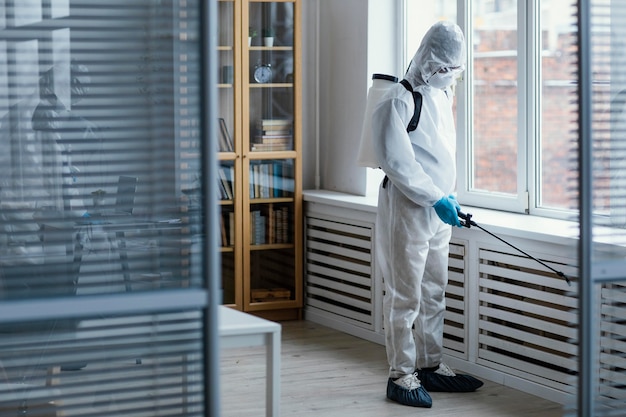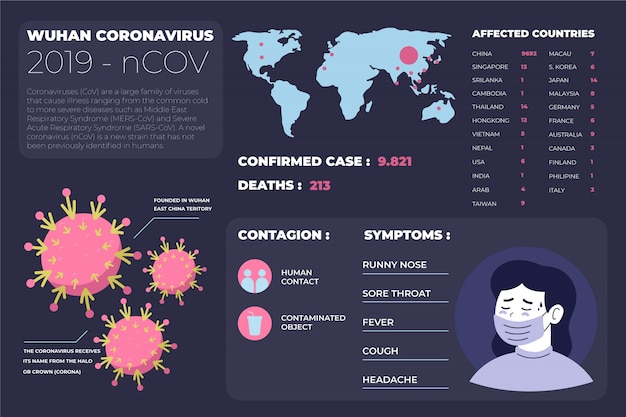We’ve all heard the advice: wash your hands, wear a mask, and keep your distance. But what if the threat isn’t just on surfaces or through direct contact — what if it’s floating in the air around you? Research shows that certain viruses, including measles and the virus that causes COVID-19, can remain suspended in the air for extended periods — sometimes up to two or even three hours after an infected person has left the area.
One of the most well-documented examples of airborne virus persistence is measles. According to public health alerts, the measles virus can remain infectious in the air for up to two hours after an infected person has coughed or sneezed. This means that simply entering a room where an infected individual was present — even if they’ve left — can put you at risk.
This high level of contagiousness is why measles spreads so rapidly in unvaccinated populations. The virus travels via tiny respiratory droplets that can stay suspended in the air, especially in poorly ventilated indoor spaces.

During the height of the pandemic, a pivotal study published in The New England Journal of Medicine found that the SARS-CoV-2 virus (which causes COVID-19) can remain viable in the air for up to three hours under experimental conditions. The study used aerosol-generating machines to simulate human coughing and found infectious viral particles could persist in fine droplets long enough to be inhaled by others.
Additionally, the virus was shown to survive on surfaces like plastic and stainless steel for up to three days, though surface transmission is now considered less common than airborne spread.
Note: While these findings were based on controlled lab environments, real-world conditions — such as ventilation, humidity, and UV exposure — can significantly reduce how long the virus remains infectious.
When an infected person talks, coughs, or sneezes, they release respiratory droplets of varying sizes. Larger droplets fall to the ground quickly, usually within seconds. However, smaller droplets — known as aerosols — can remain suspended in the air for hours, especially in enclosed, poorly ventilated spaces.
These aerosols can be inhaled deep into the lungs, making them a key route of transmission for several respiratory viruses. The risk is highest in crowded indoor settings like schools, offices, hospitals, and public transportation.

Not all environments are equal when it comes to virus transmission. Several factors affect how long a virus can remain infectious in the air:
Understanding how long viruses can linger in the air has major implications for how we protect ourselves and others. It reinforces the importance of:
In healthcare settings, these findings support the use of airborne precautions — such as negative pressure rooms and respirator masks — when treating patients with known or suspected airborne infections.
While it’s true that viruses can remain in the air, this doesn’t mean every indoor space is a high-risk zone. The concentration of infectious particles matters. In large, well-ventilated areas with few people, the risk is much lower than in a small, crowded room where someone is actively shedding the virus. Most transmission occurs through close, prolonged contact — not brief exposure to residual air.
As we move forward, the lessons learned from studying airborne virus transmission should inform better building design, public health policies, and personal habits. Simple actions — like opening windows, using air filters, and avoiding crowded indoor spaces during outbreaks — can significantly reduce risk.
Ultimately, awareness is power. Knowing that viruses can linger in the air empowers us to make smarter choices about how we interact with shared environments.

Health

Health

Health

Health

Health

Health

Health

Health

Health

Health

Health

Health

Health

Fitness

Health

Health